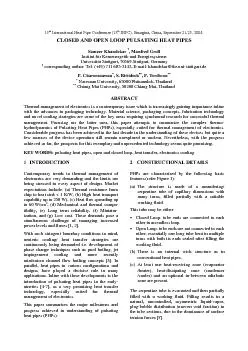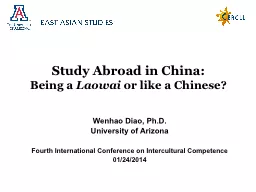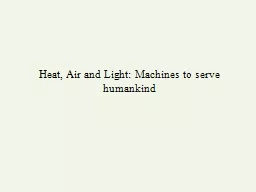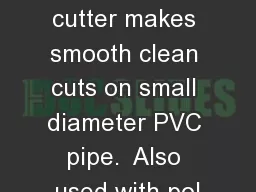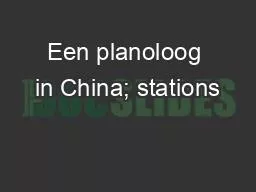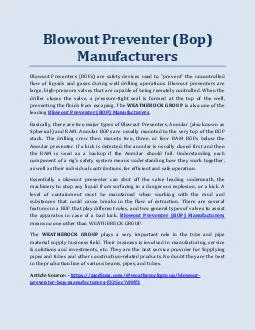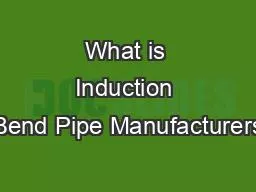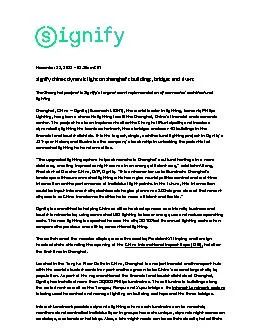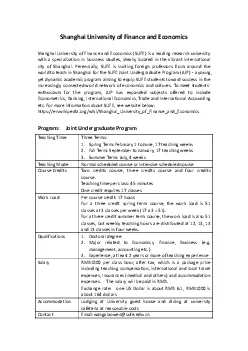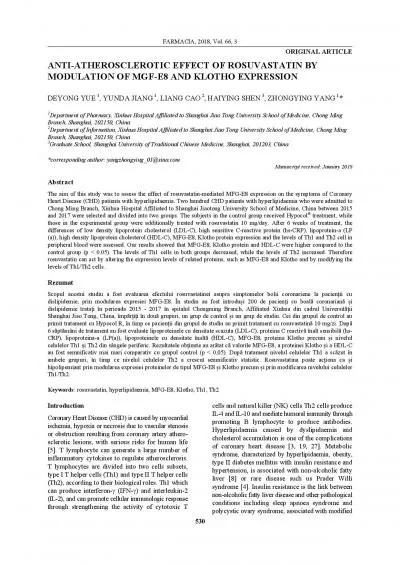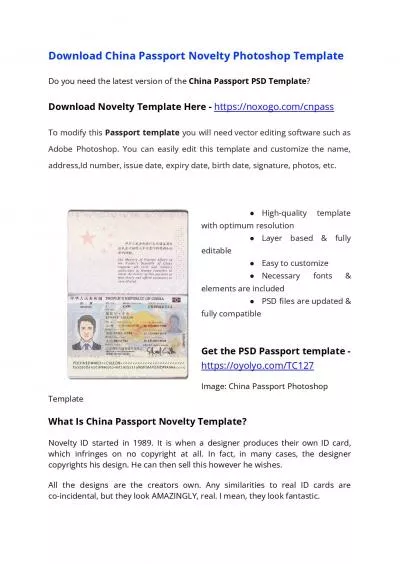PDF-International Heat Pipe Conference (13 IHPC), Shanghai, China, Septemb
Author : ellena-manuel | Published Date : 2015-08-28
7751650160One end of the PHP tube bundle receives heattransferring it to the other by a pulsating action ofthe working fluid generating in general acapillary slug
Presentation Embed Code
Download Presentation
Download Presentation The PPT/PDF document "International Heat Pipe Conference (13 I..." is the property of its rightful owner. Permission is granted to download and print the materials on this website for personal, non-commercial use only, and to display it on your personal computer provided you do not modify the materials and that you retain all copyright notices contained in the materials. By downloading content from our website, you accept the terms of this agreement.
International Heat Pipe Conference (13 IHPC), Shanghai, China, Septemb: Transcript
Download Rules Of Document
"International Heat Pipe Conference (13 IHPC), Shanghai, China, Septemb"The content belongs to its owner. You may download and print it for personal use, without modification, and keep all copyright notices. By downloading, you agree to these terms.
Related Documents

